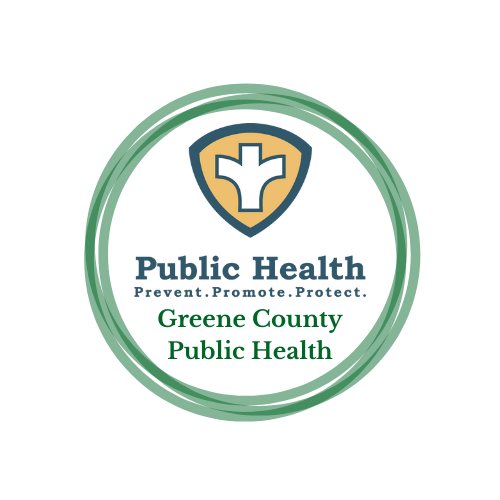
The weather forecast for this week is aiming for the temperatures to be in the 90s and so it’s a good time to remind everyone about two common heat-related illnesses.
Greene County Public Health Director Becky Wolf says heat exhaustion can occur if someone is sweating heavily, has cold and pale skin, along with a fast and weak pulse, vomiting, muscle cramps, tiredness, headache and passing out. Wolf notes if you see these symptoms, move that individual into a cooler location, preferably with air conditioning; loosening their clothes and place cool and wet cloths on their bodies or make them take a cool bath or shower. She points out that if these symptoms persist past one hour, to seek medical help.
“Because they are most likely going to need more hydration than they can intake. So that means like IV and hydration to kind of stop the cycle of vomiting and that kind of thing too.”
Wolf tells Raccoon Valley Radio that heat stroke is a more serious condition that can lead to death if not treated immediately. The symptoms of heat stroke include body temperature of 103 degrees or more, a fast and strong pulse, along with hot, red and dry or damp skin; headaches, dizziness, nausea, mental confusion and loss of consciousness. Wolf says if you see these symptoms, the individual needs to get to a cooler location, lower their body temperature with cool clothes, don’t give them anything to drink out of worry of choking, and contact 911.
“Heat stroke, statistically, there’s approximately about 685 deaths a year in the United States. There are more deaths that occur from heat stroke in the United States than there are any other form of severe weather.”
Wolf adds the groups of people that are more susceptible to heat exhaustion and heat stroke are infants and young children, people who are 65 and older, overweight, chronically ill with heart disease or high blood pressure. These individuals should be checked on at least twice per day.

